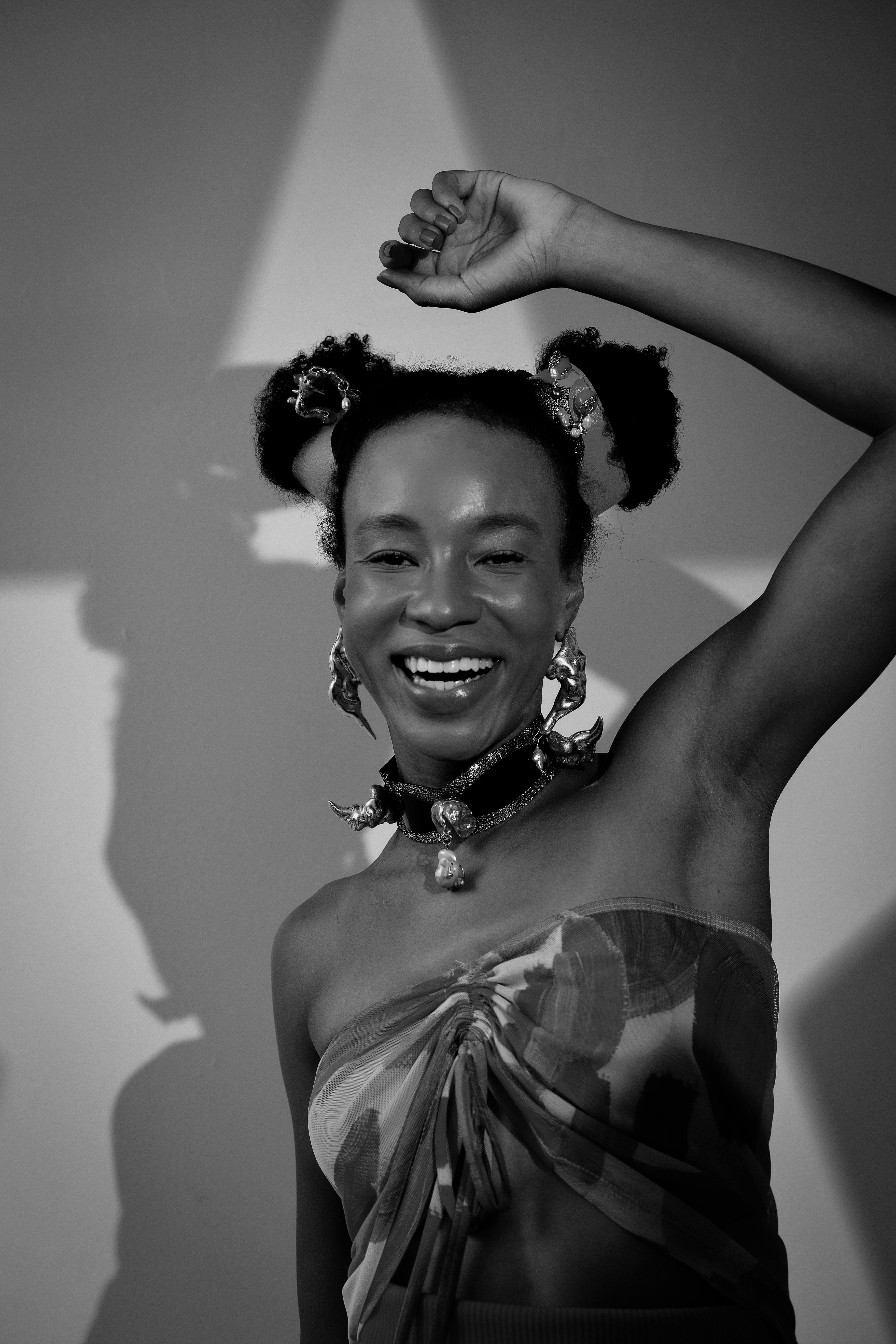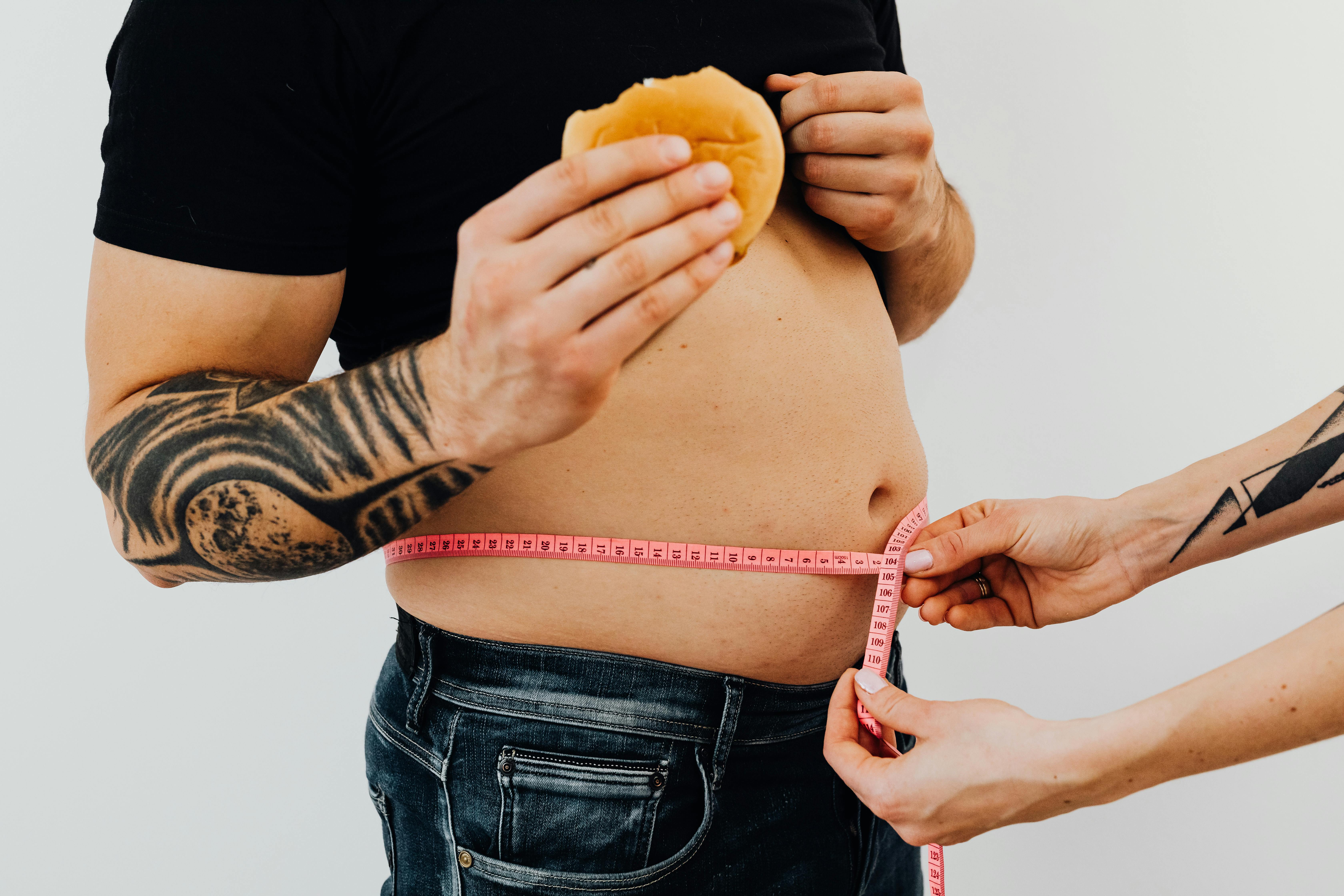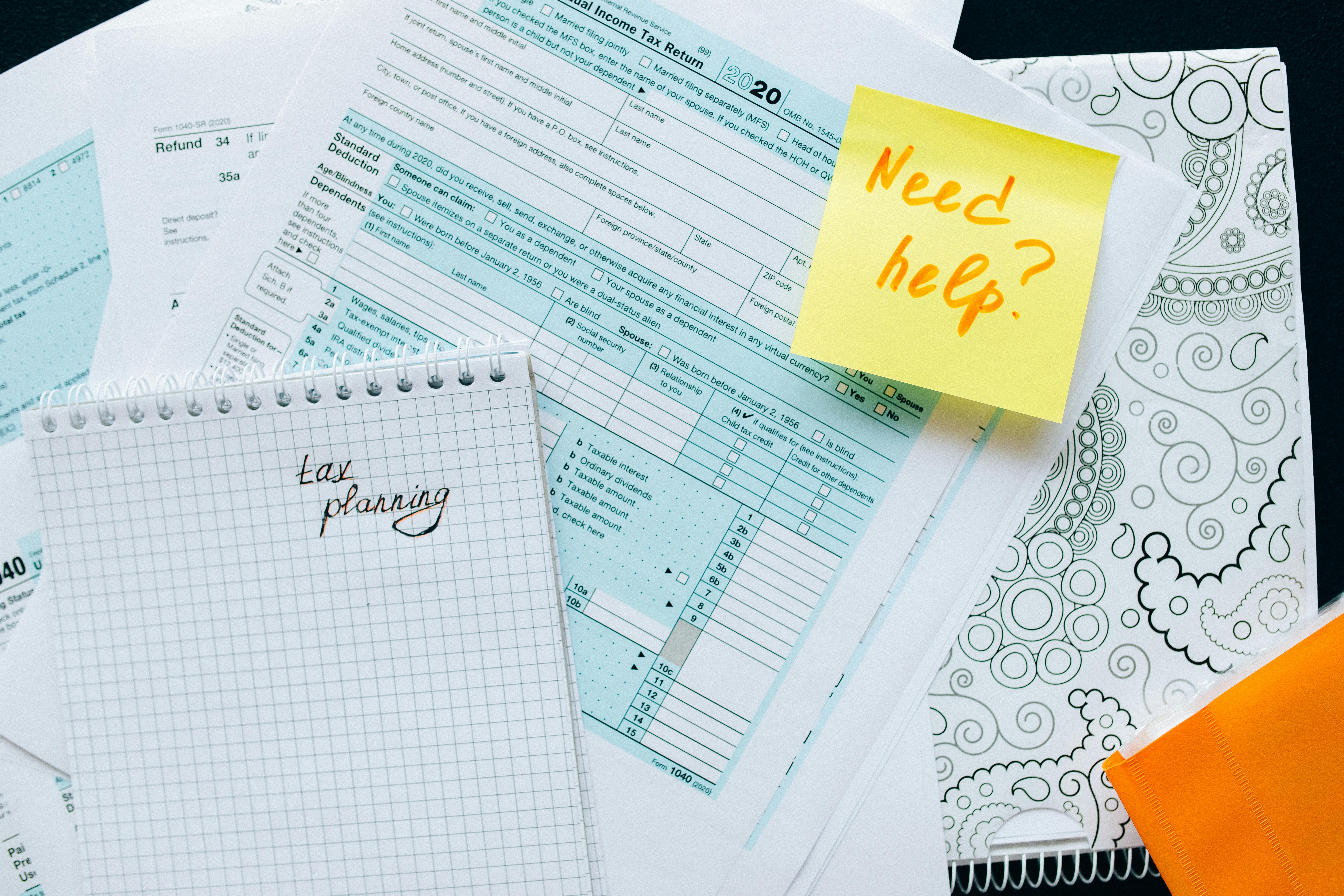Essential Guide to Nose Piercing Healing Time: What You Need to Know (2025)
Nose piercings have gained popularity over the years, transforming from a cultural statement to a common fashion choice. However, like any body modification, understanding the healing process is crucial for a smooth experience. This comprehensive guide navigates the intricacies of the nose piercing healing time, offering insights into aftercare, the healing timeline, factors influencing recovery, and much more. You'll discover the importance of proper techniques and knowledge to avoid complications and ensure a healthy recovery.
Whether you're considering getting a nose piercing or you've recently taken the plunge, this article will provide essential tips for managing pain, understanding healing stages, and improving your aftercare regimen. Expect to learn how to care for your new piercing effectively and recognize the signs of healing to navigate through any concerns. Dive into this essential guide to make the most of your nose piercing experience.

Understanding the Healing Process of Nose Piercing
When you get a nose piercing, it's vital to understand that the healing process unfolds in stages. The time it takes for a nose piercing to heal varies, depending on several factors, including piercing method, placement, and aftercare practices. Understanding the basic healing process can help you manage expectations and make informed decisions during recovery.
Stages of Nose Piercing Healing
The healing process typically follows a series of stages, starting from the initial puncture to full recovery. The first few weeks will involve inflammation as your body responds to the trauma. After this, you may experience a new skin forming around the piercing, followed by a gradual return to normalcy as the piercing heals. Generally, a nostril piercing can take about 2 to 4 months, while cartilage piercings could take anywhere from 4 to 12 months.
Factors Affecting Healing Time
Several important factors can influence how long your nose piercing takes to heal. These include:
- Placement: Cartilage piercings typically take longer to heal compared to standard nostril piercings.
- Jewelry Material: Hypoallergenic materials can help minimize irritation and reduce healing time.
- Aftercare Practices: Proper care can significantly shorten the healing duration and prevent infections.
Common Complications and Their Impact
While most nose piercings heal without issues, some individuals may experience complications such as infections, keloids, or excessive scarring. Understanding the signs of potential complications, such as redness, swelling, or pus, is essential. If you notice unusual symptoms, consult a professional piercer or healthcare provider for guidance.
Nose Piercing Aftercare: How to Promote Healing
Once you've gotten your nose piercing, your aftercare routine plays a pivotal role in the healing process. Effective aftercare can not only minimize discomfort but also reduce the risk of infections and promote faster healing. Here are some critical nose piercing aftercare tips to follow:
Cleaning Your New Nose Piercing
Keeping your piercing clean is paramount. Use a saline solution or saline spray to gently clean the area twice a day. Avoid using alcohol-based solutions or hydrogen peroxide, as these can irritate the skin. Always wash your hands before touching your piercing to reduce the risk of transferring germs.
Managing Inflammation and Discomfort
It's common to experience some level of discomfort or swelling in the initial days following the piercing. You can manage pain by using cold compresses on the area. Avoid sleeping on the side of the piercing during the first few weeks to prevent additional pressure and irritation.
Avoiding Infection with Proper Techniques
In the first few weeks, avoid swimming pools, hot tubs, and excessive moisture, as these environments can increase your risk of infection. Additionally, refrain from changing or removing nose jewelry until your piercer advises it. Removing jewelry too soon can lead to closure of the piercing or increase infection risk.
Expected Healing Timeline for Nostril Piercing
Your healing timeline for a nostril piercing can differ from other piercings. Typically, you can expect the following:
First Few Weeks: Initial Healing
In the first couple of weeks, expect swelling, sensitivity, and discomfort. These symptoms are normal as your body processes the piercing. Monitor for any signs of infection, such as increased redness or warmth.
One to Two Months: Mid-Healing Phase
At this stage, the initial inflammation should decrease. You may still experience some sensitivity around the piercing. Continue following your aftercare routine diligently to support the healing process. This time may vary based on individual responses.
Three to Six Months: Final Phases of Healing
After three months, your nose piercing should have made significant progress toward healing, although cartilage piercings can still take longer. During this time, begin checking in with your body and gauge any changes in sensitivity or healing progress. Be cautious about switching jewelry until you're fully healed.

Managing Pain and Complications
Pain management is a common concern for new piercings. Understanding how to handle discomfort and potential complications can enhance your recovery experience. Here’s a closer look at how to approach pain management and what to watch for:
Handling Pain After Nose Piercing
Some pain is normal, particularly within the first few days. Over-the-counter pain relief medications can help ease discomfort, but consult your healthcare provider if you have concerns. Avoid placing excessive pressure on the area to mitigate pain levels.
Recognizing Signs of Infection
As healing progresses, keep an eye out for signs of infection such as increased redness, heat, or pus. If you suspect an infection, a quick visit to your piercer or healthcare professional is crucial to prevent further complications.
Understanding Bumps and Healing Irregularities
Healing bumps around the piercing site are common and can occur due to irritation or an allergic reaction to jewelry materials. They typically resolve with proper care, but persistent bumps may indicate complications. Consult your piercer if bumps are accompanied by pain or swelling.
Common Myths About Nose Piercing Healing
Several myths surround the healing process of nose piercings that can mislead first-timers. Demystifying these can help set realistic expectations.
Myth: All Nose Piercings Heal in One Month
In reality, healing times vary based on piercing type and personal body response. While some people might heal faster, others may take significantly longer, especially with cartilage piercings.
Myth: Cleaning with Alcohol is Essential
Many believe that alcohol is necessary for piercing cleaning; however, alcohol can irritate the skin. Saline solutions are often more effective and safer for maintaining hygiene.
Myth: Changing Jewelry Immediately is Safe
It's a common misconception that you can change jewelry after a couple of weeks. Most professionals recommend waiting at least 2-3 months to allow for adequate healing before changing your nose ring.
FAQs on Nose Piercing Healing
Here are some of the most frequently asked questions regarding the healing process of nose piercings:
How long does it take for a nose piercing to heal completely?
A nostril piercing generally takes about 2 to 4 months to heal fully, while cartilage piercings can take up to a year.
What should I do if my nose piercing starts to hurt after a few weeks?
Increased pain after the initial healing phase may indicate a problem. Consult a professional piercer to assess the situation.
What are the signs of infection I should look for?
Signs of infection can include excessive redness, heat, swelling, or discharge. If you notice these symptoms, seek professional advice promptly.
How can I speed up my nose piercing's healing time?
Follow the aftercare instructions diligently, avoid unnecessary touching, and choose hypoallergenic jewelry for the best chance at quicker healing.
When can I switch my nose jewelry?
Generally, it’s best to wait at least 2-3 months before changing your nose ring, though individual healing times may vary.
